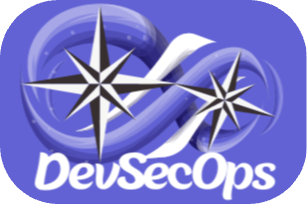I harnessed the power of Scrum to ensure that our projects operate effectively and meet their essential requirements.

Scrum is a framework for agile project management and product development that is widely used in software development and other fields.
Methodology provides a flexible and iterative approach to managing and delivering projects, with an emphasis on collaboration, adaptability, and delivering customer value.
The Symphony of Scrum Roles #
Scrum defines several key roles, each with distinct responsibilities, that work together to ensure the success of a project.
- Product Owner: Responsible for defining and prioritizing the product backlog, ensuring the team works on the most valuable tasks, and representing the customer's interests.
- Scrum Master: A servant-leader who helps the team understand and implement Scrum principles and removes any obstacles or impediments that may hinder the team's progress.
- Development Team: Responsible for delivering a potentially shippable product increment during each sprint. It is a self-organizing and cross-functional group of individuals.
These roles play a vital role in promoting effective collaboration among team members, ensuring the delivery of high-quality products, and facilitating the agile adaptation to evolving requirements in an organized and efficient manner.
The Three Pillars of Scrum Artifacts #
There is even more,
In the Scrum framework, three fundamental artifacts are leveraged as key elements to enhance transparency and facilitate effective communication throughout the development process.
- Product Backlog: A prioritized list of all the features, enhancements, and bug fixes that need to be implemented in the product. It is continuously refined and updated.
- Sprint Backlog: A subset of items from the product backlog that the team commits to completing during a sprint.
- Increment: The potentially shippable product increment produced by the team at the end of each sprint.
The artifacts serve as the cornerstone of a well-structured and collaborative approach to project management.
Events Drive Project Momentum #
Scrum outlines a series of pivotal events and meetings that establish a structured framework for meticulously planning, inspecting, and adapting the project's work.
Those events serve as essential milestones within the Scrum process, ensuring that the team remains agile and responsive to evolving requirements.
- Sprint: A time-boxed period during which the development team works to deliver a set of product increments. It starts with sprint planning and ends with a sprint review and sprint retrospective.
- Sprint Planning: At the beginning of each sprint, the team plans what they will work on during the sprint.
- Daily Scrum: A short daily meeting where the development team discusses progress, plans for the day, and any issues or obstacles.
- Sprint Review: At the end of a sprint, the team presents the completed work to stakeholders for feedback.
- Sprint Retrospective: The team reflects on their process and identifies areas for improvement.
Scrum promotes transparency, inspection, and adaptation; #
We employ it to respond to changing requirements and priorities quickly, which is especially important in fast-paced and uncertain environments.
Scrum is one of the most popular agile frameworks and is used by many organizations, including ours, to improve collaboration, quality, and the ability to deliver value of great quantity to customers, clients, and partners.
Get Scrumed, Get Agiled.
